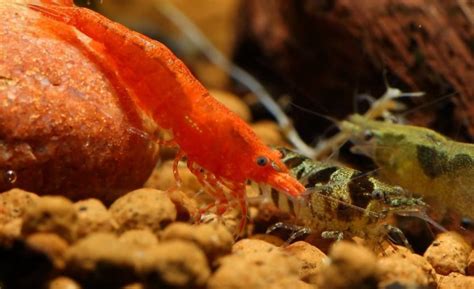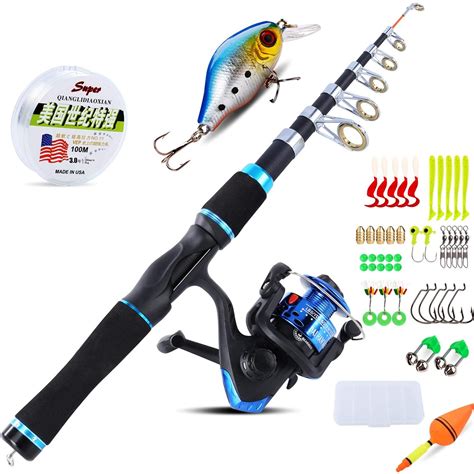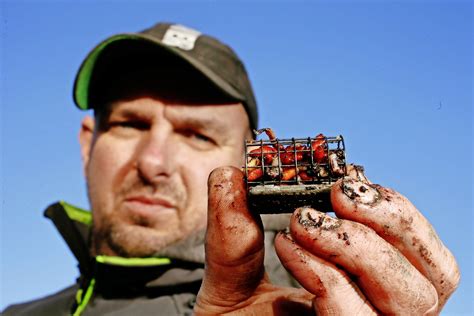Shrimp play a crucial role in maintaining the cleanliness of aquariums. They are efficient scavengers, feeding on uneaten food and helping to control algae levels. Unlike many fish that either lay eggs or give live birth, shrimp carry their eggs on their underside. As part of the aquarium’s clean-up crew, feeder shrimp are instrumental in keeping rocks, substrate, and macroalgae free from unwanted coatings like slime algae. Due to their small size and low metabolic waste output, shrimp can thrive in smaller, more densely populated tanks compared to fish.

Raising the water temperature is beneficial for breeding shrimp. When fishing, hooking shrimp might seem challenging at first, but with practice, it becomes easier and more efficient. Predator fish such as snapper and snook often lurk near mangrove roots, preying on unsuspecting fish or crustaceans. In culinary uses, shrimp tails can be quickly grilled or sautéed with butter and white wine for a delicious treat. SL Aqua, now a distributor for Envobee Shrimp and Premium AQUALEX Products in the UK, offers a range of products for building your dream aquarium.
For optimal growth and reproduction, maintaining a higher water temperature is recommended for Cherry shrimp. However, shrimps may also prey on small live fish, other shrimp species, and even axolotls. The list of popular freshwater shrimp varieties in aquariums is extensive, including the Bamboo Shrimp, known for its comparable size of about 2-3 inches. The practice of consuming live seafood, from oysters to lobsters and shrimps, is widespread. Additionally, a variety of shrimp species, such as Red, Orange, Yellow, Green, Blue, Brown, Black, and White, are now available due to selective breeding by hobbyists.
When using live bait in fishing, it’s important to match the hook size to the bait size. Long shank hooks like live bait, Aberdeen, or octopus hooks are ideal for live worms. To prevent contamination, live shrimp used for bait should be handled carefully and stored in sterilized conditions. Most shrimp species have a lifespan of up to one year, often struggling to adapt to fluctuating environmental conditions. Whiting, a primarily bottom-feeding fish, uses its chin barbel to detect prey along the seafloor.
Guidelines for importing or moving live fish, molluscs, and crustaceans are in place for various purposes, including farming and ornamental use, but not for direct human consumption. The weight of water, however, can be a cost concern when transporting these products over long distances. Ghost Shrimp, known for their scavenging abilities, are another beneficial species for aquarium cleaning. They efficiently consume rotting debris, contributing to a healthier aquatic environment. While shrimp are found in diverse habitats, including coasts, estuaries, rivers, and lakes, they are also integral to the diets of many people, with allergies to shrimp causing serious reactions in some individuals.


